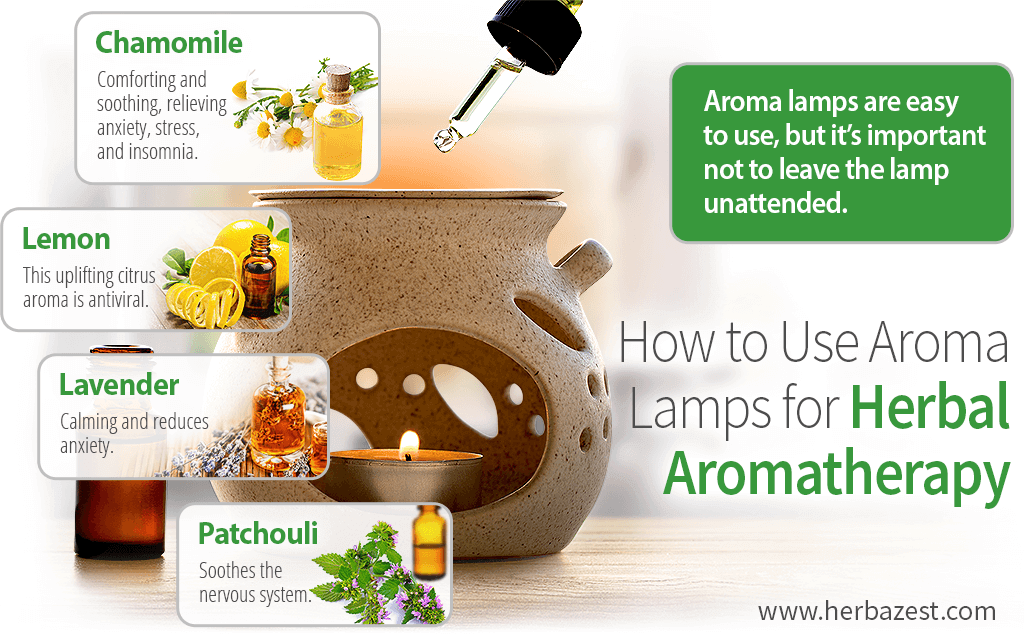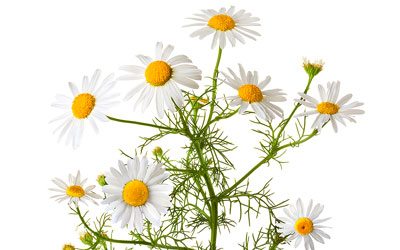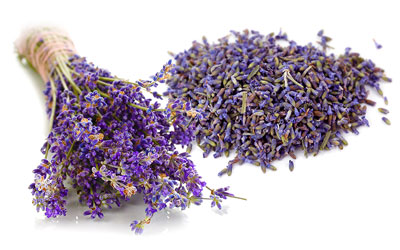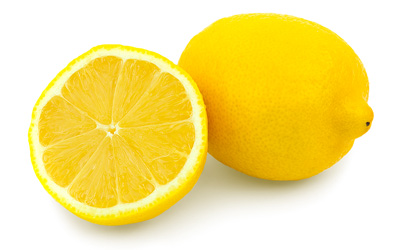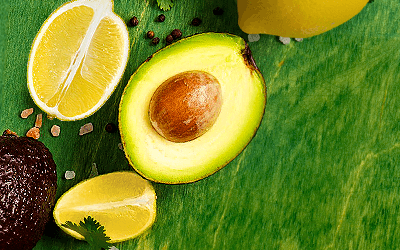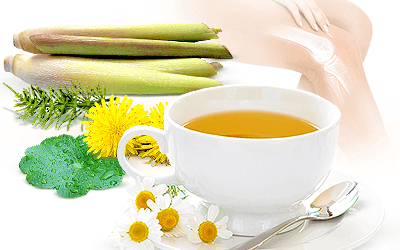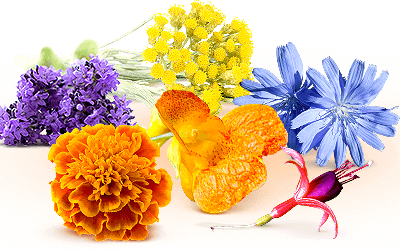The therapeutic use of essential oils can be traced to ancient cultures. Chinese, Indians, Egyptians, Greeks, and Romans used them for over 6,000 years.1 They discovered how to extract oils from herbs and used them in variety of applications, like cosmetics, perfumes, and drugs. Essential oils were also commonly used for spiritual, therapeutic, hygienic, and ritualistic purposes. Nowadays, aromatherapy makes use of them to promote relaxation.
The History of Aromatherapy
In Western societies, aromatherapy was discovered in 1928 by mistake by the French scientist Rene-Maurice Gattefosse, who happened to heal a burn on his hand using lavender oil.2 By the 50's, aromatherapy had become a popular practice among health professionals, from physiotherapists to medical doctors.
Americans weren't introduced to aromatherapy until 1980.3 Since then, the market for aromatic oils has flourished, producing all kinds of aromatherapy-related products. However, it's important to note that some fragrances are synthetic in origin and will not have the alleged properties of plant-derived essential oils.
Many people prefer to use scented oils instead of incense, mainly because they don't generate smoke and are often found to smell better. If you want to have an aromatherapy session or just enjoy an herbal fragrance in your home, you may consider buying an aroma lamp to make the most out of the experience.
How Aroma Lamps Work
Aroma lamps come in all sizes and shapes. They can work with a candle or be powered by electricity, but they all serve the same purpose: to gently diffuse the scent of the essential oil without burning it.
The combustion mechanism in electric-powered aroma lamps produces air cycles inside the compartment where the essential oil is heated. As the scent is being filtered, its molecules are released into the air. The main advantage of this method is that it eliminates airborne bacteria and odors in the room.
On the other hand, classic aroma lamps are very popular, too. You only need to place a candle under the bowl to vaporize the mixture of water and oil, and the fragrance will be gently diffused throughout the room.
Popular Essential Oils
There are literally thousands of essential fragrances on the market. The first thing you need to make sure is that they really come from herbs and do not have synthetic compounds. Among the most common essential oils are the following:
- Chamomile (Matricaria chamomilla). This herb relieves anxiety, stress, and insomnia, and it's great for children because of comforting and soothing effects.
- Lavender (Lavandula angustifolia). This popular scent is calming and reduces anxiety.
- Lemon (Citrus limon). This uplifting citrus aroma is antiviral and great for cleansing the surroundings.
- Patchouli (Pogostemom cablin). This oil soothes the nervous system.
How to Use an Aroma Lamp
Aroma lamps are very practical and easy to use - there are just few steps to remember to have a better experience:
- Place a few drops of the essential oil in the container and add some water.
- Plug in the lamp or place a burning candle under the bowl.
- In few minutes, the scent will fill the room. Relax and enjoy!
Precautions
Although aroma lamps are very simple devices, there are a few precautions to consider in order to avoid accidents at home.
- There should be enough water in the container to dilute the oil and help diffuse it for at least an hour.
- If the aroma lamp does not regulate itself automatically, you will need to check it periodically so that the essential oil doesn't burn.
- Before you use the aroma lamp, be sure there are no cracks that can cause a spill and start a fire or an electric short circuit.
- Do not leave the lamp unattended under any circumstances.
- Keep the lamp away from children and pets.
Although studies are not conclusive about aromatherapy, the effects of the smell on the brain are undeniable and widely known. After a busy day at work, lighting some candles, heating your favorite essential oil, and finally kicking back on the couch is a great way to slow down your senses and prepare yourself for a good night's of sleep.
Sources
- National Association for Holistic Aromatherapy, What is Aromatherapy
- University of Maryland Medical Center, Aromatherapy
Footnotes:
- Asian Pacific Journal of Tropical Biomedicine. (2015). Essentials oils used in aromatherapy. Retrieved January 18, 2021 from https://www.sciencedirect.com/science/article/pii/S2221169115001033
- International Association of Aromatherapists. (n.d.). Pioneers of Aromatherapy. Retrieved January 18, 2021 from https://ifaroma.org/ko_KR/home/explore_aromatherapy/pioneers-of-aromatherapy
- Mount Sinai. (n.d.). Aromatherapy. Retrieved January 18, 2021 from https://www.mountsinai.org/health-library/treatment/aromatherapy


